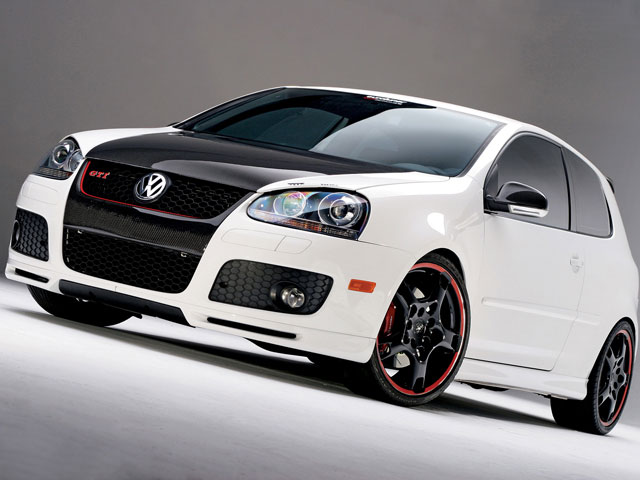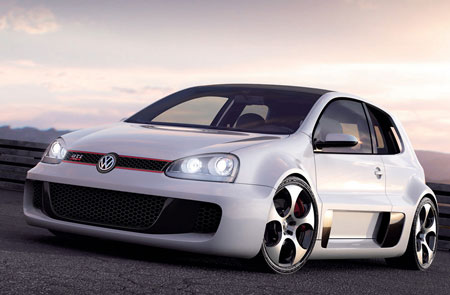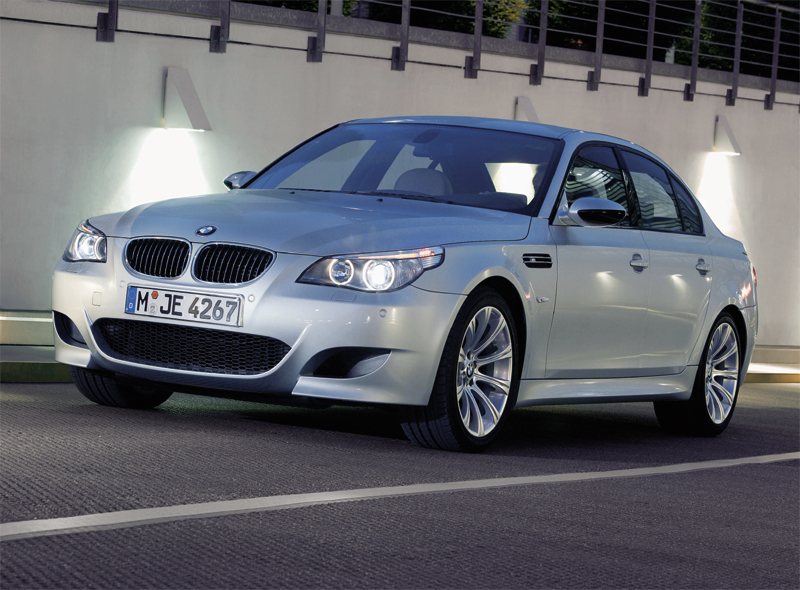On the whole, employees of car manufacturers reside in one of two camps: the hardcore petrolheads who’ve spent a lifetime dreaming of creating the ideal driving machine, and the number-crunching bean-counters that spend their days observing and analysing statistics and market trends, optimising sales and crushing the dreams of the first group. This is a successful formula in general terms, encouraging development and evolution within the industry whilst maintaining consistent sales through models that have a broad appeal. For aftermarket tuners and DIY mechanics, it’s a positive joy to tweak the aspects of a car that have been softened for mass consumption; stiffer suspension, lower profile tyres, less restrictive exhaust systems that would run the risk of pleasing a few but offending many if they were fitted in the mainstream.
So, everyone’s happy, yes? The accountants have lovely graphs where all the lines go upwards, Demon Tweeks are doing a roaring trade in spikey cams and carbon-fibre airboxes… but what about the in-house enthusiasts; the designers, developers and engineers? How do these poor souls react to having their vision diluted so callously.
They rebel, that’s how. Look at the original Golf GTI: VW bosses wanted the Golf to be a sort of upmarket take on the Mini, with low weight, diminutive dimensions and maximised interior space. The engineers wanted it to be quick and fun. They built the prototype in their spare time… and management loved it. Absolutely loved it. And you know how successful that was Fast-forward a few decades and the cheeky scamps at Wolfsburg were at it again. OK, the goalposts had shifted somewhat – this wasn't so much an engineer-led project as the latest manifestation of the spiralling and ludicrous power war dominating the German motor industry – and we knew not to get our hopes up too high. They didn't actually build the W12-650 for public consumption.
Imagine if they did, though. Until the launch of the mkV, the Golf GTI had come under enormous criticism for its loss of focus; what began as a pure and playful thoroughbred evolved into something lardy and sluggish. The mkV GTI was a return to form, but some people wanted more. More grunt, more attitude, more thrust. The R32 addressed these issues, with a juicy V6 and a hateful disdain for other hot hatches. VW then wanted to show just how far they could stretch the formula… and it got really rather silly.
This may look like a Golf GTI that’s been tampered with by a backstreet chop-shop, but this is no trailer queen. Strolling past it, you might notice the twin fans in the back. Er, yes, there’s a 6-litre biturbo W12 under there. Which produces 641bhp. And that’s just ridiculous.The W12 isn’t really a W-configuration in the same way that the VR6 isn’t really a V; indeed the W12 is basically two VR6 engines bolted to a common crank. The most common application of this engine in a similar state of tune? That’ll be the Bentley Continental GT. OK, so we have a Volkswagen Golf with a Bentley engine mounted in the middle – a Bentley engine that has been significantly tuned, no less – with 641bhp. Silly enough for you? How about if I mention that it will hit sixty in 3.7 seconds, going on to a v-max of 201mph? The lunatics, if not actually taking over the asylum, had certainly distributed a few propaganda leaflets.
The real bitch was that this was just a mule, a showcase of what VW could achieve when they put their minds to it. (Some might argue that it’s a glimpse of what would happen if the artisans had a freer reign, others that it serves to validate how fearful VW are of alienating their consumers by behaving in too extreme a manner.) By this token, unfortunately, it didn’t really achieve what it should have. Sure, it looked superb, the performance was brutal and genuinely impressive, but there was a lack of finesse that ruined the whole project. While it worked to their credit that journalists were allowed to drive the car – by no means a given with your average one-off prototype – reports of questionable brakes and downright dangerous handling dynamics were rife.Still, who gives a toss about that? It’s a 200mph Golf with a fucking Bentley engine. The world needs more behaviour like this. We need to regain faith that these colossal conglomerates are still based on boundless enthusiasm and a genuine desire to excel. The passion exists, it just needs to be nurtured
























































-1.jpg)